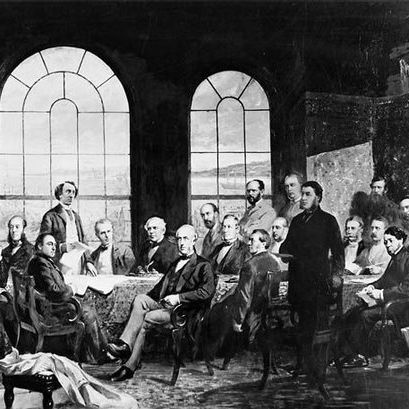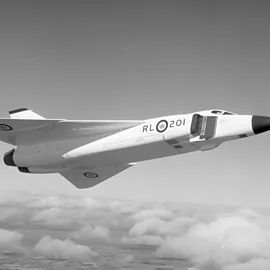It is #SikhHeritageMonth and this is the story of Sikhs gaining the vote!
The first Sikh immigrants to British Columbia were permitted to vote in civic elections. This right to vote would not last long as the province began to strip rights away from the Sikh people.
🧵1/5
The first Sikh immigrants to British Columbia were permitted to vote in civic elections. This right to vote would not last long as the province began to strip rights away from the Sikh people.
🧵1/5

In March 1907, BC Premier William Bowser introduced legislation to deny the provincial vote to any immigrant from India who was not of Anglo-Saxon descent.
Vancouver took the vote away from Sikhs the following month.
The Sikh people couldn't vote federally either.
🧵2/5
Vancouver took the vote away from Sikhs the following month.
The Sikh people couldn't vote federally either.
🧵2/5

At the 1921 Imperial Conference in England, a resolution was passed to grant South Asians in the British Empire the right to vote.
Canada simply ignored the resolution.
Some MPs, like Samuel Jacobs, Canada's 1st Jewish MP, supported giving Sikhs the vote.
🧵3/5
Canada simply ignored the resolution.
Some MPs, like Samuel Jacobs, Canada's 1st Jewish MP, supported giving Sikhs the vote.
🧵3/5

In 1924, BC passed the Provincial Elections Act to deny the vote to all Asians except Japanese veterans of WW1.
Men such as Dr. D.P. Pandia (pictured), Kapoor Singh Siddoo, Mayo Singh & Kartar Singh Hundal campaigned to get the vote for Sikhs and others.
🧵4/5
Men such as Dr. D.P. Pandia (pictured), Kapoor Singh Siddoo, Mayo Singh & Kartar Singh Hundal campaigned to get the vote for Sikhs and others.
🧵4/5

In the 1940s, Sikhs, such as Naginder S. Gill (pictured) continued to pressure the government to grant the vote to South Asians.
India PM Jawaharial Nehru joined the cause of gaining the vote.
On April 2, 1947, South Asians gained the provincial & federal vote.
🧵5/5
India PM Jawaharial Nehru joined the cause of gaining the vote.
On April 2, 1947, South Asians gained the provincial & federal vote.
🧵5/5

• • •
Missing some Tweet in this thread? You can try to
force a refresh





















